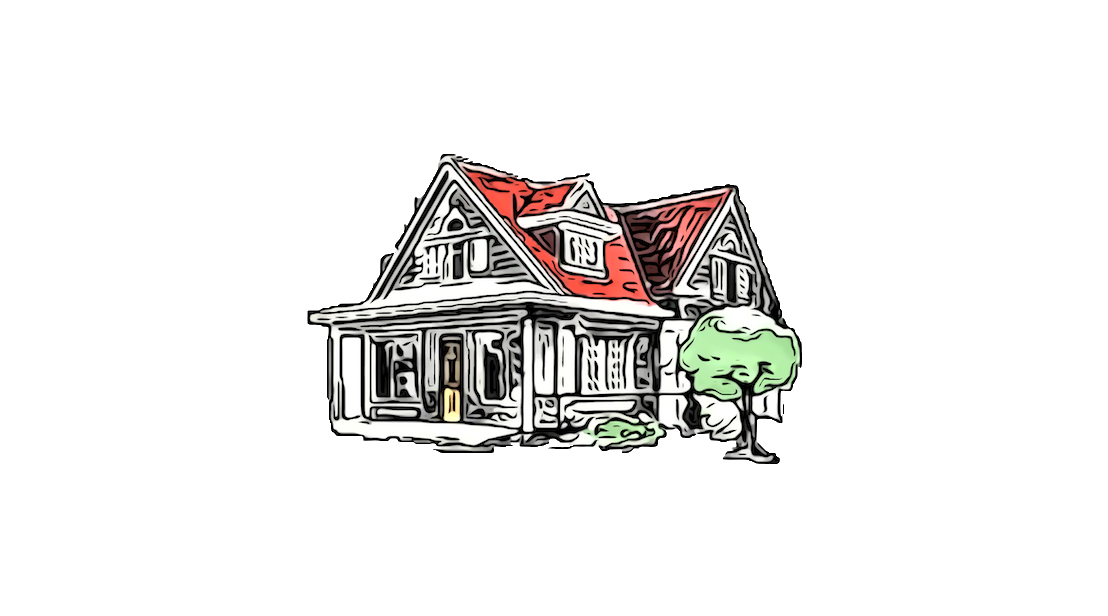Pressure Washing Before Painting
/It’s imperative to start with a clean surface before painting because “If you apply a paint over existing mildew, it will make its way through and continue to grow.”
Properly Cleaning
Most industry experts agree that a 3:1 mixture of water and bleach will kill existing mildew. Clean Coastal Living recommends applying the mixture to the infected area plus a one-foot margin and leaving it on for at least 20 minutes, adding more if the surface dries before then. Then soft washing the area thoroughly with water.
Minimize Regrowth of Mildew & Mold
Clean Coastal Living recommends several things you can do:
Use a quality latex paint, as oil- and alkyd-based paints tend to be less resistant to mildew. The higher the quality, the more mildewcide it is likely to contain.
Choose a satin or semi-gloss finish, rather than flat, as flat paint is more porous and mildew anchors to it better.
If possible, go with a dark paint because darker colors dry out faster than lighter colors after a rain or dewfall. The quicker a surface dries, the less susceptible it is to mildew growth.
Don’t paint under conditions that will make the paint dry too quickly as the film formation can be compromised. The quicker it dries, the more porous the film becomes.
Be sure to put all coats on as heavy as possible to help keep mildew away from the organic material in the surface being painted. Two coats will perform better than one.
Avoid painting in windy weather, especially if there’s mildew on nearby surfaces. If feasible, clean nearby mildewed surfaces, too, before painting to protect against wind-blown spores.
Consider spray-painting rather than brushing or rolling since the latter can create grooves that can trap nutrients for mildew.


